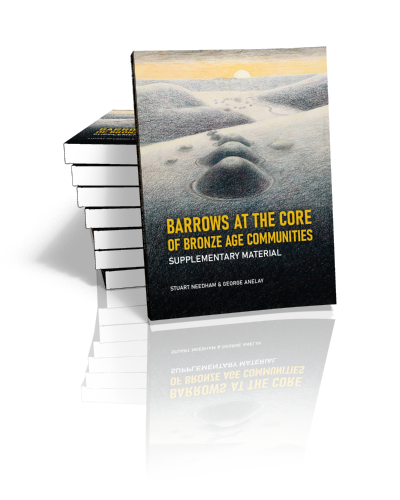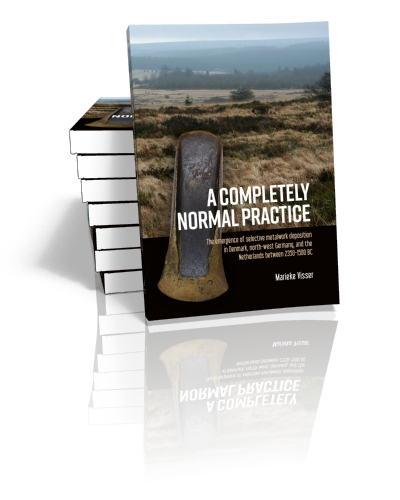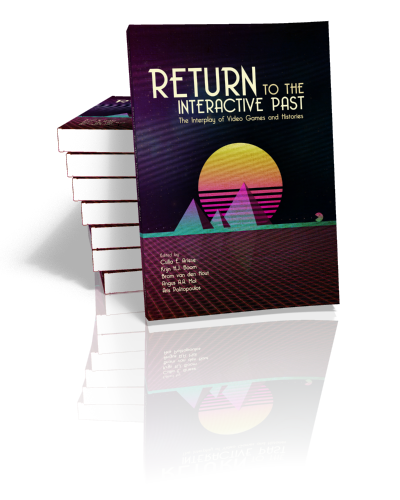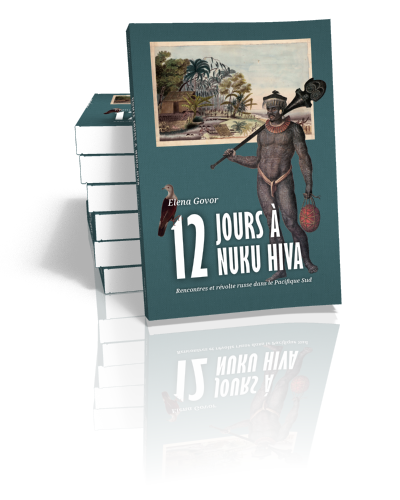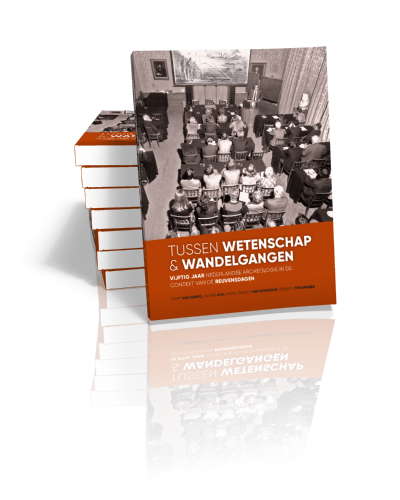Apollonia on my Mind
The memoir of a paraplegic ocean scientist
Nicholas C. Flemming | 2021
The ocean conceals secrets, ancient, modern, and future. Nic Flemming’s memoir recounts the life of a pioneer in ocean science. Each chapter describes a thread that structured his work: underwater cities, submerged Ice Age caverns…
Barrows at the core of Bronze Age Communities
Petersfield Heath excavations 2014–18 in their regional context
Stuart Needham & George Anelay | 2021
Barrows at the Core of Bronze Age Communities argues exactly that. Round barrows do not just represent the death side of Early Bronze Age communities placed in set-a-side ritual landscapes, but were instead central to…
Barrows at the core of Bronze Age Communities
Supplementary Material
Stuart Needham & George Anelay | 2021
Barrows at the Core of Bronze Age Communities argues exactly that. Round barrows do not just represent the death side of Early Bronze Age communities placed in set-a-side ritual landscapes, but were instead central to…
A completely normal practice
The emergence of selective metalwork deposition in Denmark, north-west Germany, and the Netherlands between 2350-1500 BC
Marieke Visser | 2021
In Bronze Age Europe, an enormous amount of metalwork was buried in the ground and never retrieved. Patterns in the archaeological finds show that this was a deliberate practice: people systematically deposited valuable metal objects…
Return to the Interactive Past
The Interplay of Video Games and Histories
Edited by Csilla E. Ariese, Krijn H.J. Boom, Bram van den Hout, Angus A.A. Mol & Aris Politopoulos | 2021
A defining fixture of our contemporary world, video games offer a rich spectrum of engagements with the past. Beyond a source of entertainment, video games are cultural expressions that support and influence social interactions. Games…
Douze jours à Nuku Hiva
Rencontres et révolte russe dans le Pacifique Sud
Elena Govor (edited by Marie-Noelle Ottino-Garanger) | 2021
La première expédition russe autour du monde, à l’aube du dix-neuvième siècle, fit suite à celles de Bougainville, Cook et La Pérouse. Menée par le commandant balte-allemand Adam von Krusenstern, elle était, à elle seule,…
Tussen wetenschap en wandelgangen
Vijftig jaar Nederlandse archeologie in de context van de Reuvensdagen
Evert van Ginkel, Ruurd Kok, Marie-France van Oorsouw, Liesbeth Theunissen | 2021
Tussen wetenschap en wandelgangen beschrijft de ontwikkelingen in de Nederlandse archeologie in de afgelopen vijftig jaar (1971-2020) tegen de achtergrond van het sinds 1971 jaarlijks gehouden congres: de Reuvensdagen. Het is een halve eeuw met…
Apollonia on my Mind
The memoir of a paraplegic ocean scientist
Nicholas C. Flemming | 2021
The ocean conceals secrets, ancient, modern, and future. Nic Flemming’s memoir recounts the life of a pioneer in ocean science. Each chapter describes a thread that structured his work: underwater cities, submerged Ice Age caverns…
Barrows at the core of Bronze Age Communities
Petersfield Heath excavations 2014–18 in their regional context
Stuart Needham & George Anelay | 2021
Barrows at the Core of Bronze Age Communities argues exactly that. Round barrows do not just represent the death side of Early Bronze Age communities placed in set-a-side ritual landscapes, but were instead central to…
Barrows at the core of Bronze Age Communities
Supplementary Material
Stuart Needham & George Anelay | 2021
Barrows at the Core of Bronze Age Communities argues exactly that. Round barrows do not just represent the death side of Early Bronze Age communities placed in set-a-side ritual landscapes, but were instead central to…
A completely normal practice
The emergence of selective metalwork deposition in Denmark, north-west Germany, and the Netherlands between 2350-1500 BC
Marieke Visser | 2021
In Bronze Age Europe, an enormous amount of metalwork was buried in the ground and never retrieved. Patterns in the archaeological finds show that this was a deliberate practice: people systematically deposited valuable metal objects…
Return to the Interactive Past
The Interplay of Video Games and Histories
Edited by Csilla E. Ariese, Krijn H.J. Boom, Bram van den Hout, Angus A.A. Mol & Aris Politopoulos | 2021
A defining fixture of our contemporary world, video games offer a rich spectrum of engagements with the past. Beyond a source of entertainment, video games are cultural expressions that support and influence social interactions. Games…
Douze jours à Nuku Hiva
Rencontres et révolte russe dans le Pacifique Sud
Elena Govor (edited by Marie-Noelle Ottino-Garanger) | 2021
La première expédition russe autour du monde, à l’aube du dix-neuvième siècle, fit suite à celles de Bougainville, Cook et La Pérouse. Menée par le commandant balte-allemand Adam von Krusenstern, elle était, à elle seule,…
Tussen wetenschap en wandelgangen
Vijftig jaar Nederlandse archeologie in de context van de Reuvensdagen
Evert van Ginkel, Ruurd Kok, Marie-France van Oorsouw, Liesbeth Theunissen | 2021
Tussen wetenschap en wandelgangen beschrijft de ontwikkelingen in de Nederlandse archeologie in de afgelopen vijftig jaar (1971-2020) tegen de achtergrond van het sinds 1971 jaarlijks gehouden congres: de Reuvensdagen. Het is een halve eeuw met…
Browse by subject





